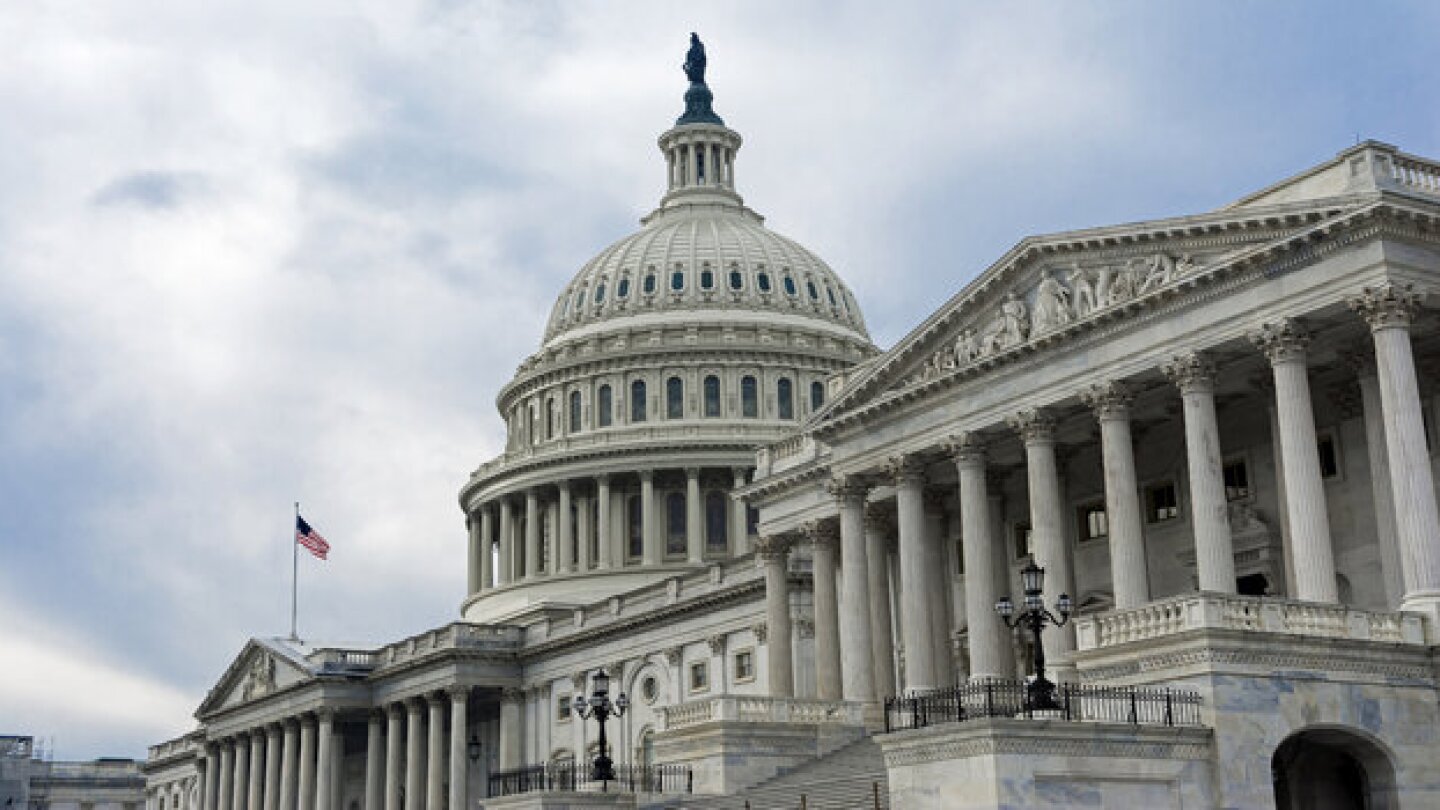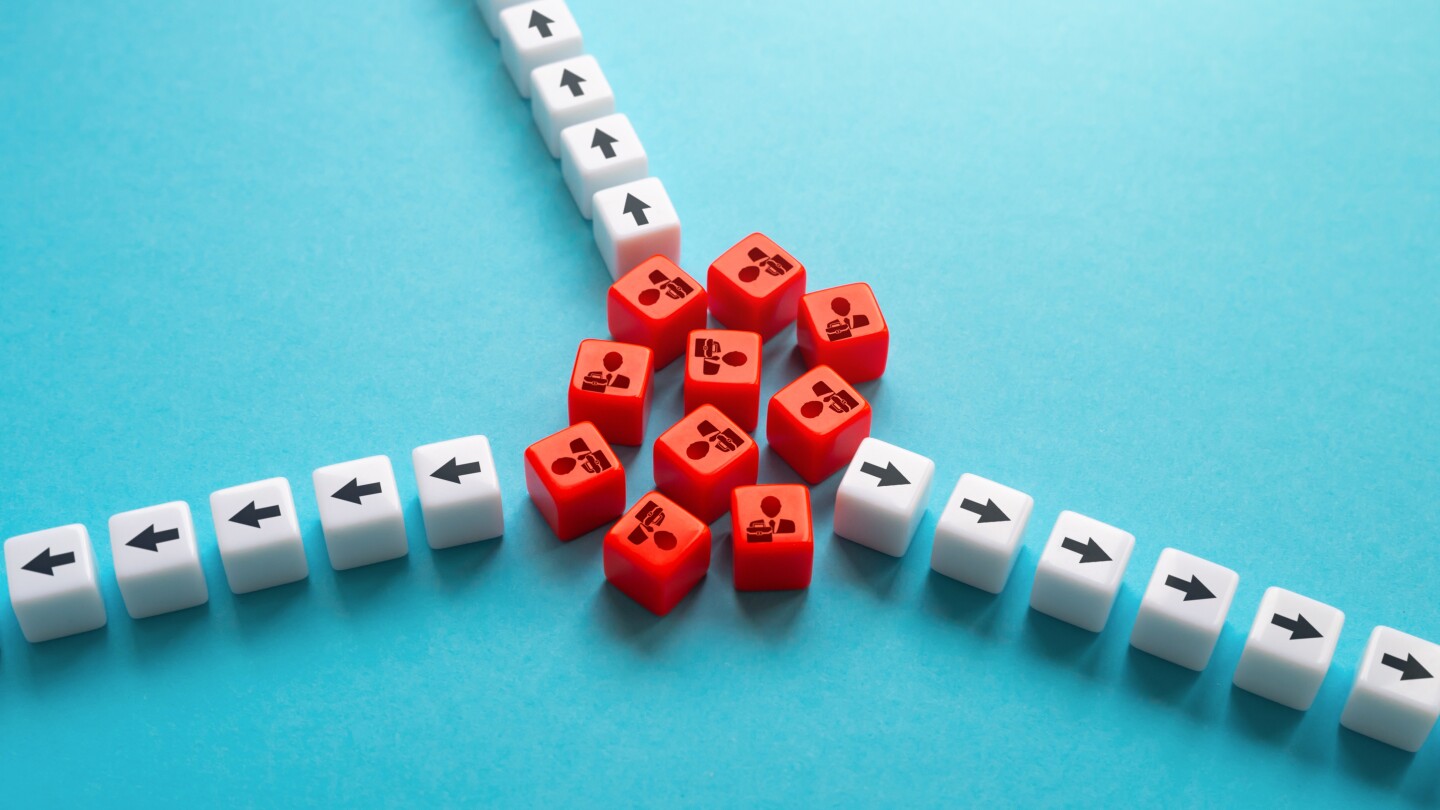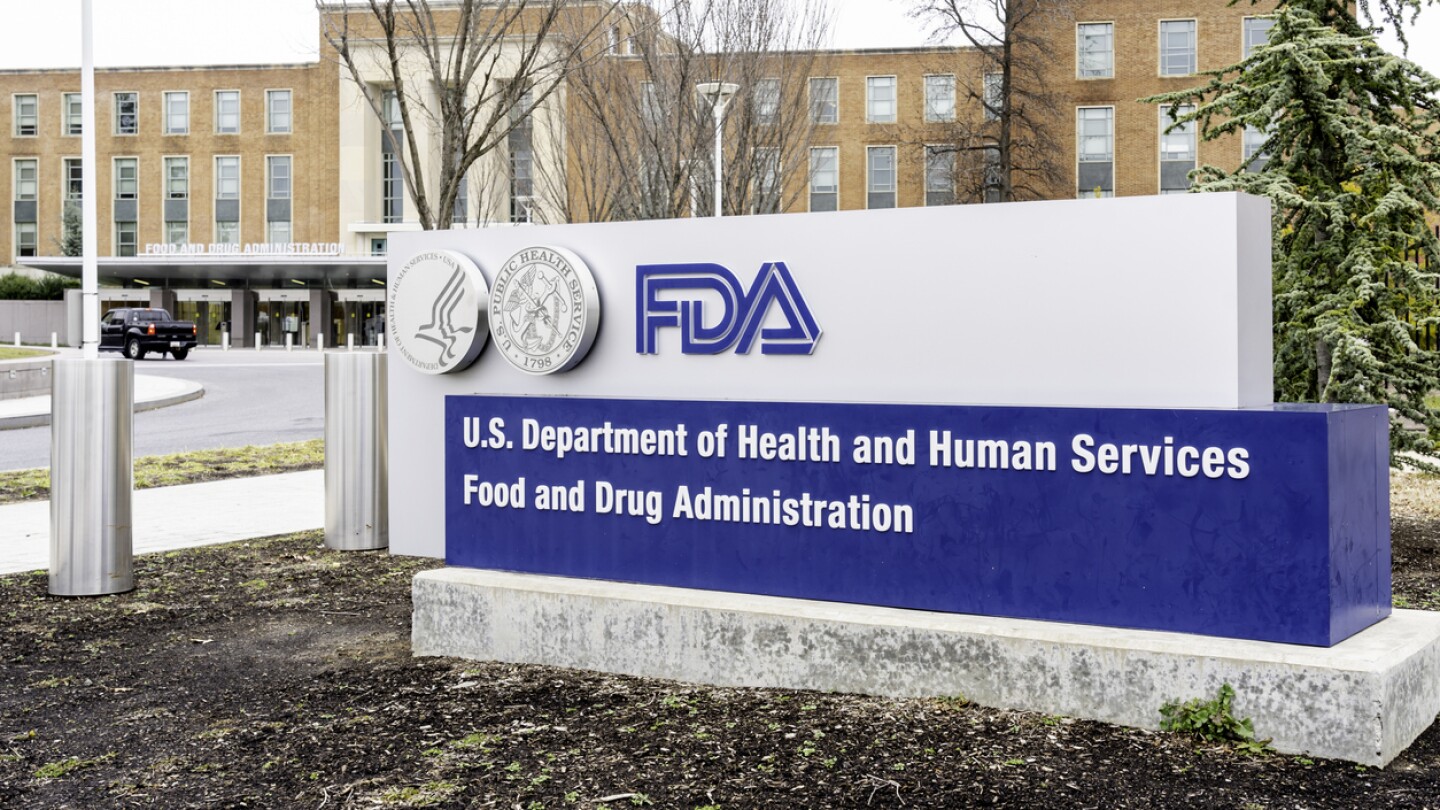Rare diseases
The House Committee on Energy and Commerce has cleared proposed legislation that could bring back the FDA’s rare pediatric priority review voucher program, which allows for expedited drug reviews.
After decades without much movement, a handful of new treatments for this rare autoimmune disease are now approved, and several companies, including argenx and Regeneron, have recently released promising late-stage trial results.
On the FDA’s docket for the back half of September is Merck’s proposed subcutaneous formulation of its blockbuster cancer drug Keytruda.
Ocaliva won accelerated approval for primary biliary cholangitis in 2016, which the FDA refused to upgrade to full approval last year after an advisory committee was unable to verify a favorable risk/benefit profile.
After receiving a complete response letter for its pyruvate dehydrogenase complex deficiency candidate, Saol Therapeutics anticipates it will need “several years” and “significant financial resources” to address the FDA’s concerns.
While the new framework signals continued flexibility at the FDA regarding rare disease approvals, some analysts and advocates question what tangible impacts the new guidelines will have.
As AAV9 and CRISPR programs navigate safety, delivery and scalability hurdles, small molecules offer a deployable, scalable bridge, complementing genetic approaches and accelerating meaningful impact for patients with Duchenne muscular dystrophy.
Vertex Pharmaceuticals commits $45 million upfront to leverage Enlaza Therapeutics’ War-Lock platform to create drug conjugates and T cell engagers for autoimmune diseases and gentler conditioning for sickle cell/beta thalassemia gene-editing therapy Casgevy.
Aside from the rare disease market, Novo Nordisk also scored a key regulatory win last month for its blockbuster GLP-1 drug Wegovy, which can now be used to treat patients with metabolic dysfunction-associated steatohepatitis.
AMX0035—approved as Relyvrio in 2022 for amyotrophic lateral sclerosis but voluntarily pulled from the market last year—was unable to distinguish itself from placebo in a mid-to-late-stage trial of progressive supranuclear palsy.
PRESS RELEASES










